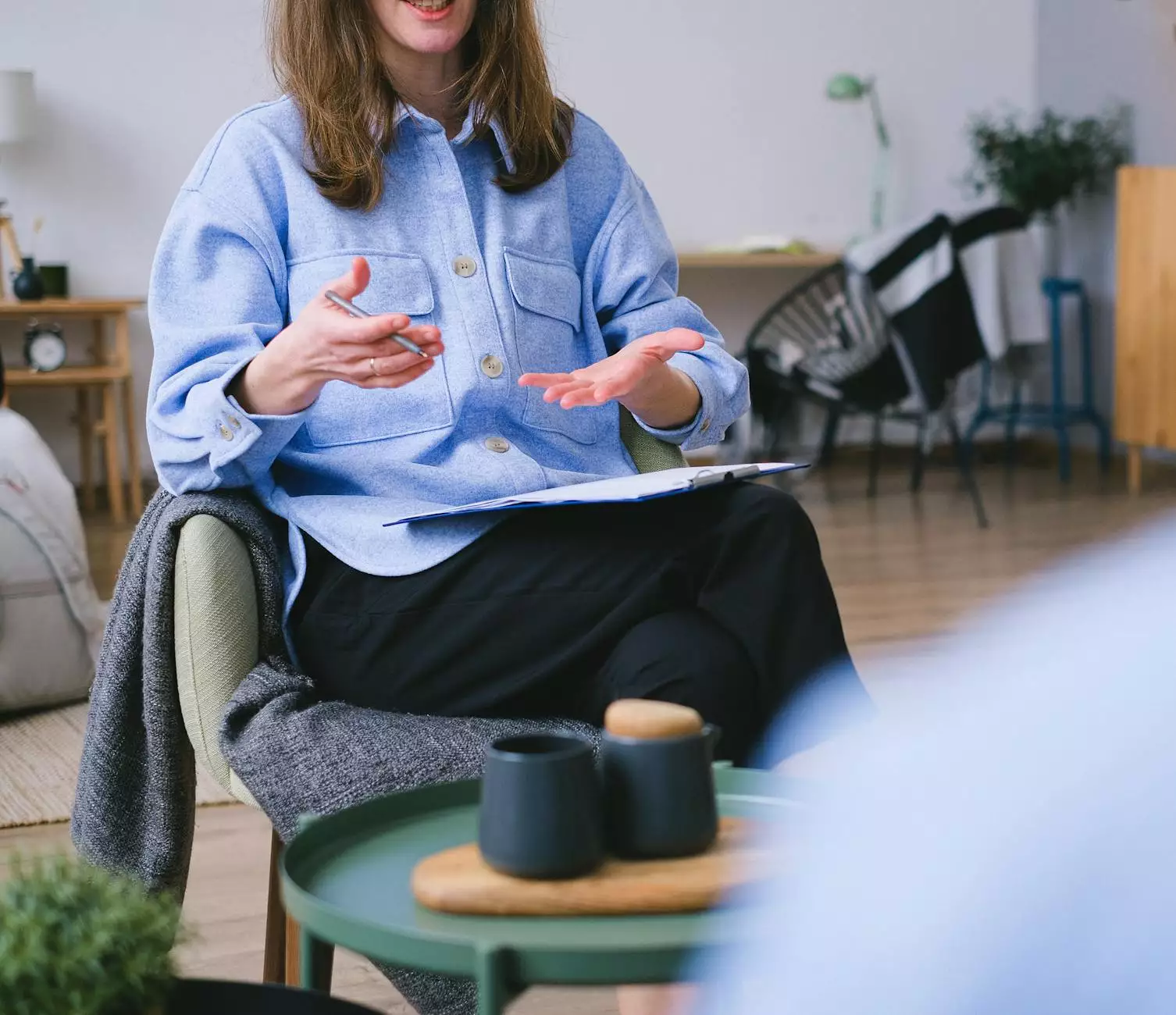Is the Design in Website Design about Art?
Inspiration Sites
The Intersection of Website Design and Art
In today's increasingly digital world, website design plays a crucial role in capturing the attention of users and delivering a memorable online experience. But is website design truly about art? Let's delve into this question and explore the fascinating relationship between the two.
The Artistry in Website Design
Website design is more than just coding and arranging elements on a page. It involves a creative process that requires an artistic touch. Just like a painter uses colors, shapes, and textures to create a masterpiece, a skilled web designer leverages various design principles to develop visually appealing websites that engage visitors.
User Experience and Artistic Elements
Artistic elements, such as color palettes, typography choices, and imagery, significantly impact the user experience. Colors evoke emotions and can influence how users perceive a brand or message. Thoughtfully selected typography enhances readability and overall aesthetic appeal. Well-crafted imagery can instantly communicate ideas, convey brand values, and grab attention. These artistic choices contribute to the overall user experience and have a direct impact on how users engage with a website.
Branding and Artistic Expression
Website design is an opportunity for businesses to express their brand identity. Just like an artist's unique style sets them apart, a well-designed website should reflect the personality and values of a brand. Consistency in colors, imagery, and design elements across different pages and platforms helps establish a strong and memorable brand identity. Successful websites find a balance between artistic expression and functional usability, creating an immersive and engaging experience for visitors.
Website Design and SEO
Effective website design goes beyond aesthetics – it also impacts search engine optimization (SEO) efforts. The way a website is structured, the usage of headers and tags, and the overall user experience all influence its performance in search engine rankings.
Responsive Design for Mobile Optimization
In the era of smartphones and tablets, mobile optimization is crucial for a website's success. Search engines prioritize mobile-friendly websites, making responsive design a vital aspect of SEO. By ensuring a seamless experience across different devices and screen sizes, a website can improve its rankings and attract more organic traffic.
Page Speed and User Engagement
Website loading speed directly impacts user experience and SEO. Slow-loading websites frustrate users and discourage them from exploring further. Search engines consider page speed as a ranking factor, prioritizing faster websites. Therefore, optimizing images, minimizing code, and choosing the right hosting can enhance both user engagement and search engine performance.
Keywords and On-Page Optimization
Strategic placement of keywords within website content, titles, meta tags, and headings is vital for SEO. Careful keyword research and implementation help search engines understand the relevance and subject matter of a website. However, it's important to strike a balance and prioritize providing valuable, informative, and engaging content to users instead of solely focusing on keywords.
Conclusion
Website design incorporates artistic elements to create visually captivating experiences for users. Successful website design finds the perfect balance between art and functionality, enhancing user engagement and establishing a strong brand identity. Moreover, the marriage of website design and SEO practices ensures that websites can reach their target audience and achieve higher search engine rankings. By considering the artistic aspects of website design and harnessing their potential, businesses can create impactful online presences that stand out in the ever-evolving digital landscape.




